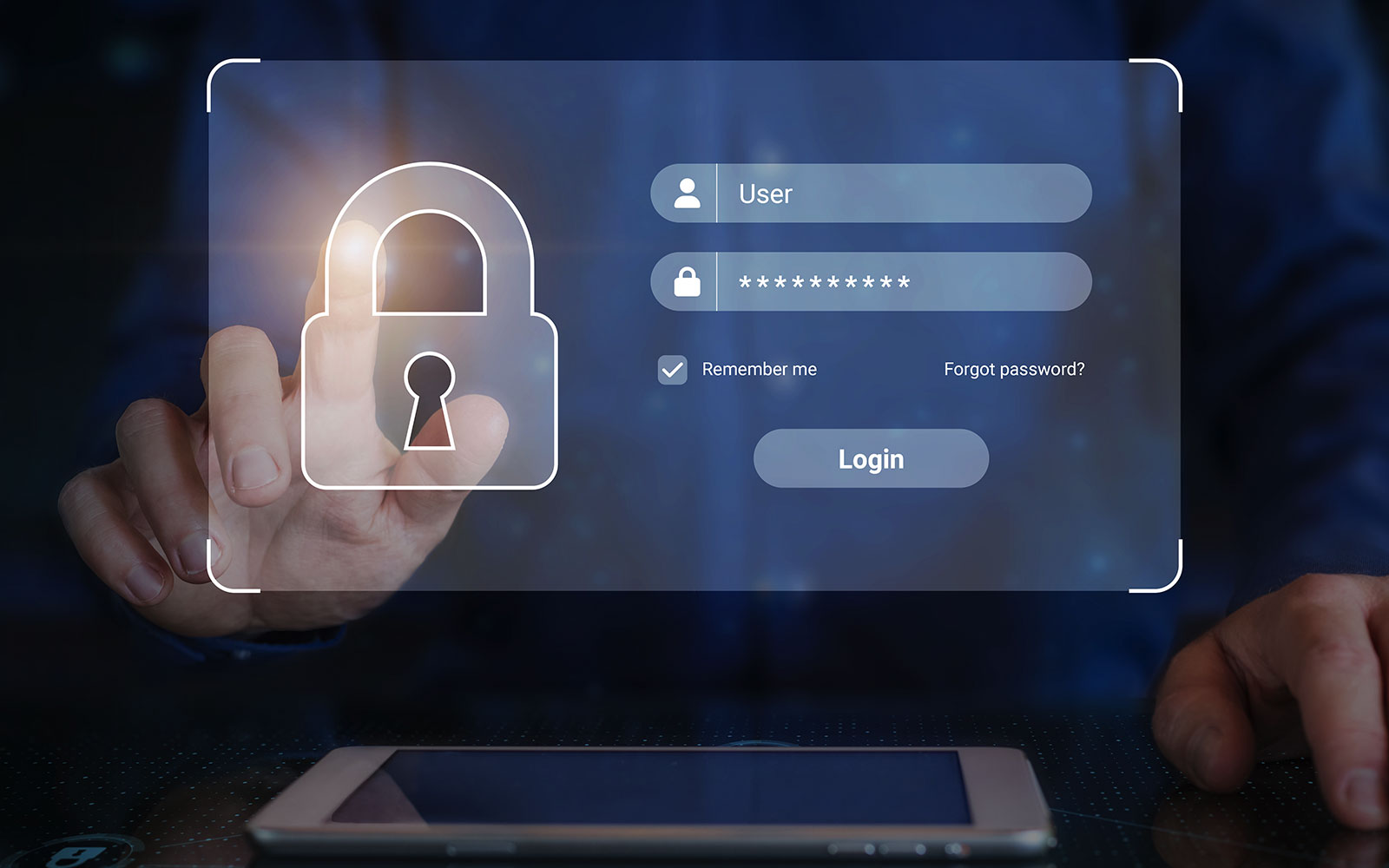While SSO can provide great benefits to the productivity and workflow of certain environments, there are other, more sensitive environments whose security may not be worth sacrificing for those benefits.
Learn how Versetal can help you with your IT Ops


